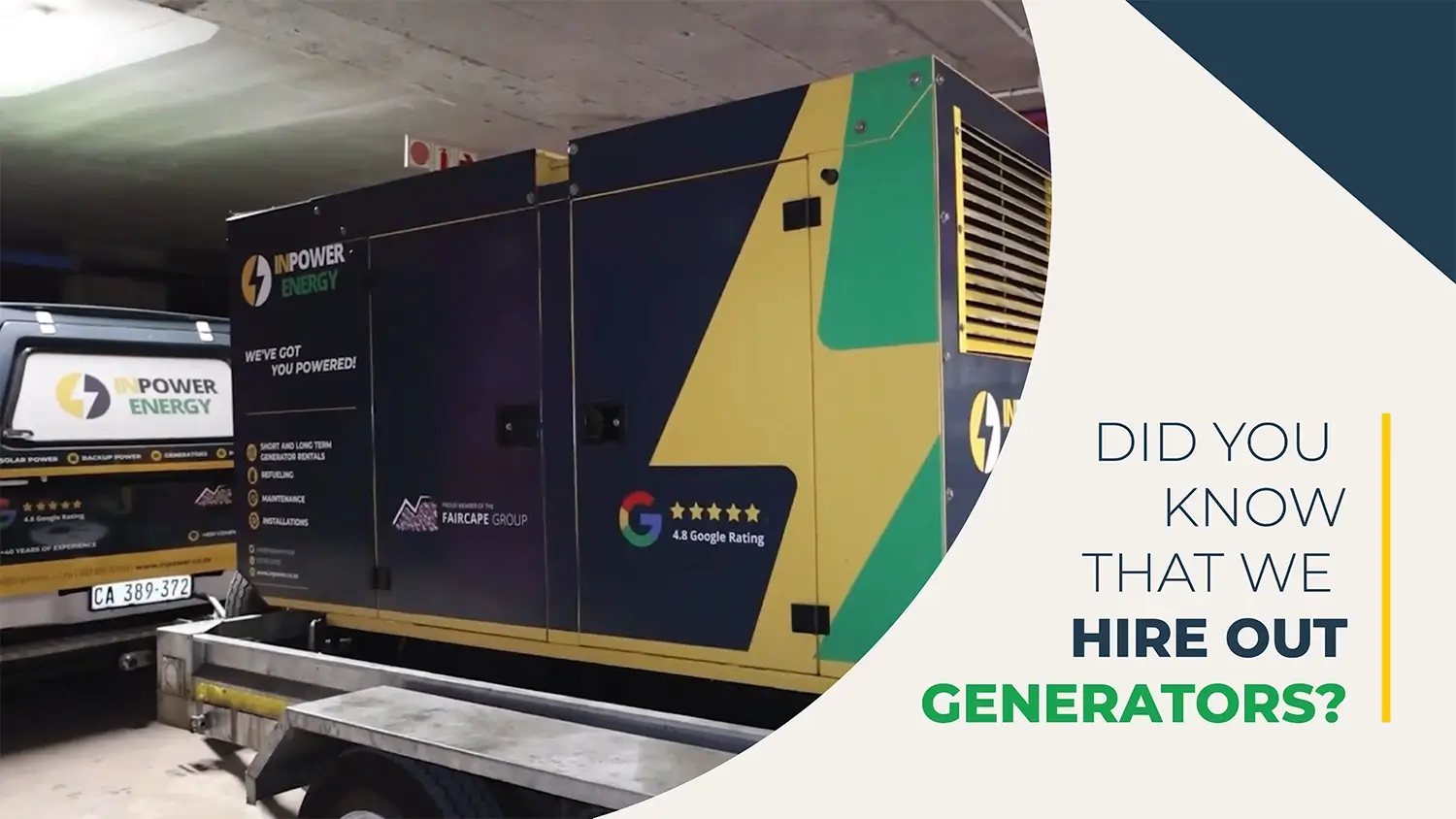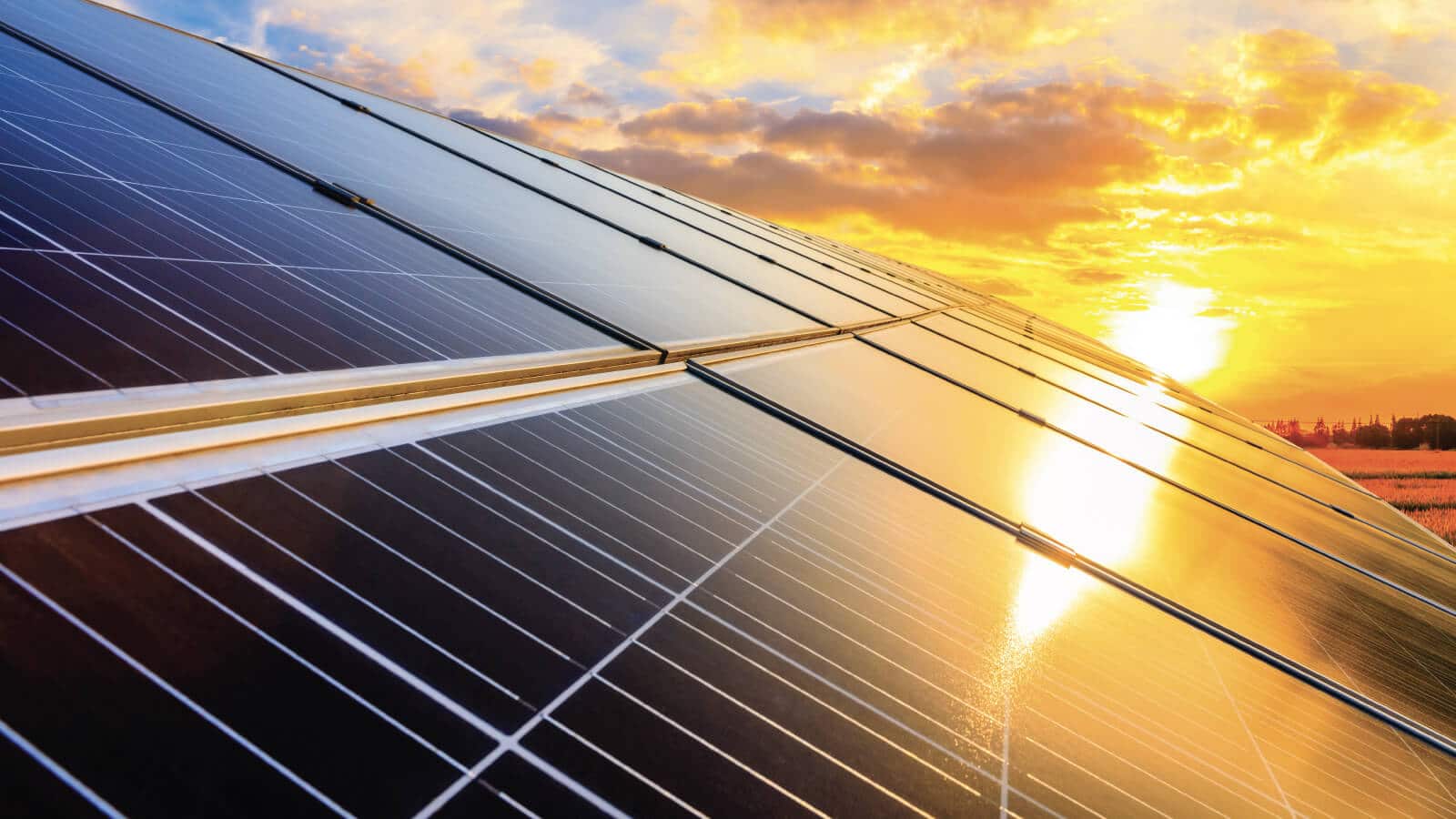Eskom tariff increase 2023
Eskom tariff increase 2023, has been granted by The National Energy Regulator of South Africa at 18.65%. This is a rise of more than twice the amount granted in 2021.
At present, Eskom does not generate enough revenue to cover its operating costs and needs a large percentage increase to recover its losses. Continual breakdowns at power plants with poor infrastructure saw 197 days of load shedding implemented in 2022, and, according to NERSA, without a tariff increase, they are unable to fix their current infrastructure. Fixing old and outdated infrastructure will possibly eliminate load shedding in South Africa.
As loadshedding stage changes continue, consumers now have to take into account the reality of a greater drain on their finances.
Eskom’s downfall
Eskom is one of many failing state-owned enterprises (SOEs) in South Africa. Despite numerous financial bailouts, the parastatal continues to be in dire straits. The recent resignation of André de Ruyter has exacerbated the substandard management of the power utility. Now without a leader for the foreseeable future, it is no surprise that there have been continued calls for the government to step in and seize complete control, updating infrastructure and saving consumers from the inevitable—complete blackouts by 2027.
Indefinite loadshedding
South Africans experienced more than 192 720 minutes of loadshedding in 2022. According to the EskomSePush app, this is 200% more than any other year since loadshedding started in 2014*. As it stands, we are experiencing indefinite stage 6 load shedding and will experience prolonged stages of loadshedding until 2025.
The consequences of this decision are innumerable. To date, the average household has experienced more than 459 hours of load shedding. Furthermore, businesses around the country have been severely impacted, and productivity output is low. According to data from the Council for Scientific and Industrial Research (CSIR), due to loadshedding, the South African economy lost R560 billion; this loss to the economy is unlikely to change if load shedding continues in this way.
More and more Eskom tariff increases
Along with increasing stages of load shedding, (talks of stage 8 are already underway), South Africans are experiencing increased overall costs to their living. In granting Eskom a tariff increase, NERSA subsequently has allowed a multi-year tariff hike. The 18.65% increase is more than double that of the increase granted in early 2022, with a +20% increase expected to be granted in 2023–24.
A looming global recession and a cost of living crisis is already straining the poorest among us, and this latest tariff increase will leave many more South Africans struggling to afford their basic needs. Major metropolitan municipalities, civil rights organisations, and even NERSA insiders opposed the tariff increase, arguing that consumers shouldn’t have to pay for Eskom’s inefficiencies.
Despite Eskom, InPower has a solution
The increased demand for solar energy is a direct result of the global strain on traditional energy sources. Fortunately, in the Western Cape, the provincial government has made considerable investments in moving toward renewable energy sources, minimising disruption to daily activities. InPower Solar supports this initiative and is qualified to install, monitor, and maintain a solar energy system; assisting with all residential and commercial solar needs. Our energy specialists are able to advise on the best possible solar energy system, reducing or even eliminating a dependency on Eskom.
Our favourable renewable energy financing solutions are geared toward ensuring that your power investment has a high probability of success, which includes low maintenance and energy production costs.





